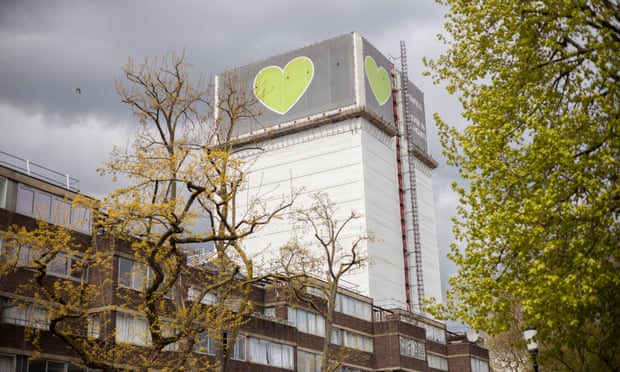High-rise Lease-holders Can Now Sue Developers to Recover Fire Safety Costs

Following the Grenfell Tower fire in 2017, the country was forced to overhaul its building safety regime, which was later found to be inadequate. Many lease-holders of high-rise buildings have faced large costs to fix defects within their fire safety systems. The government has, now, introduced a plan to help these lease-holders recover such costs, in introducing a longer period in which to take legal action.
The government has now published its Building Safety Bill, which changes the way tall buildings are to be designed, constructed and managed. The Bill has introduced the ‘Building Safety Regulator’ to oversee the process, encourage improvement and implement regulations as well as rendering all dutyholders responsible and accountable for a building’s safety during their relevant stage in the building cycle, including the building owner.[1]
Controversy has arisen, however, surrounding the government’s approach to protecting all leaseholders from paying to fix flaws that were not of their making, accumulating criticism even from some of its own party’s MPs.[2] The draft version of the Bill had included a clause that allowed building owners to charge developers for historical building safety costs pre-dating the residents moving in, as confirmed by UK Housing Secretary, Robert Jenrick. Campaigners had labelled this a ‘lawyers’ get-rich-quick scheme’.[3] The Housing, Communities and Local Government Select Committee have recommended that the clause is amended, such that the Bill explicitly excludes such costs from the charge, which the Government has now accepted.
The legislation, introduced on 5 July, will now only allow building owners to use the building safety charge to cover any ongoing costs of the new regulatory regime. Moreover, the legislation places a duty on building owners to explore and exhaust alternative cost recovery routes, before passing costs to leaseholders.
In addition to such amendments, the period of time in which leaseholders can sue developers is more than doubled, taking the claim period from 6 to 15 years; thus allowing the lease-holder of a property built in 2006 to still sue this year. Furthermore, the Bill has been extended to cover refurbishment work rather than merely construction of a dwelling. With more than 2000 high-rise buildings requiring refurbishment to fix fire safety issues, this is a significant amendment.
This Bill has not yet received royal assent, but is expected to do so by 2022.
[1] https://www.gov.uk/government/publications/draft-building-safety-bill
[2] https://www.insidehousing.co.uk/insight/insight/what-impact-will-the-building-safety-bill-have-the-key-takeaways-71452
[3] https://www.theguardian.com/society/2021/jul/04/high-rise-leaseholders-criticise-plan-to-help-them-sue-over-fire-safety-costs?CMP=Share_iOSApp_Other
